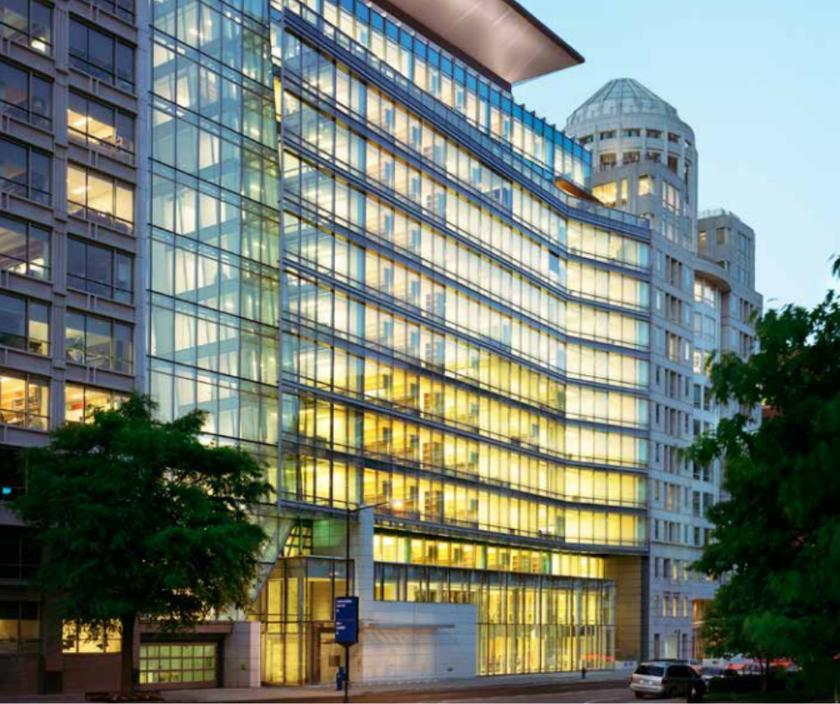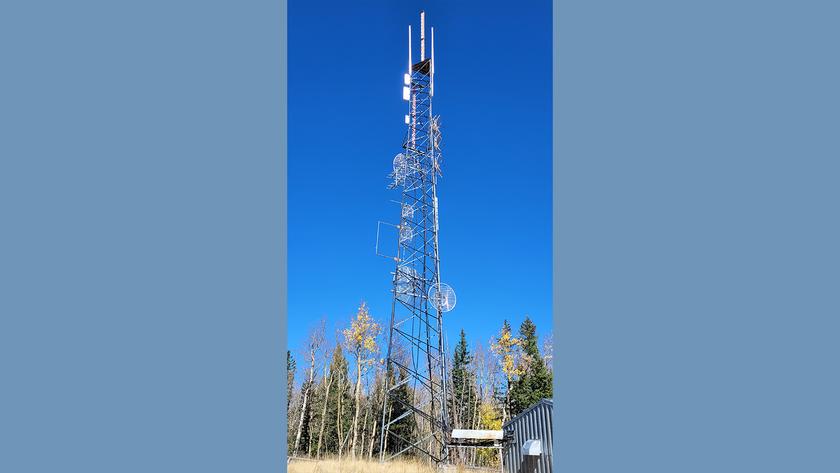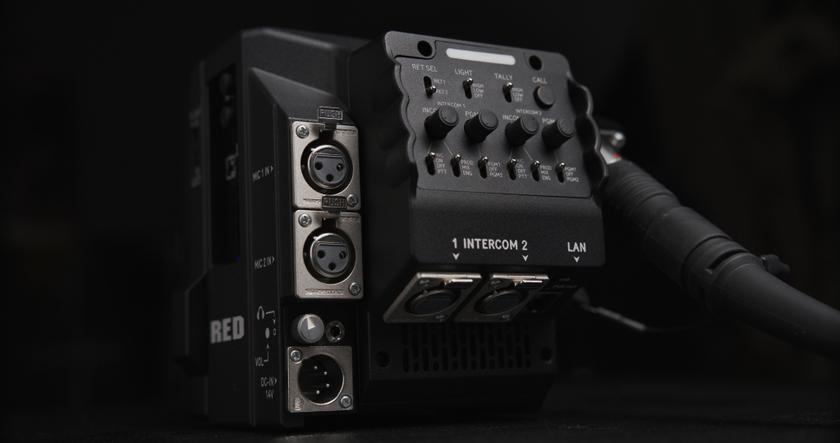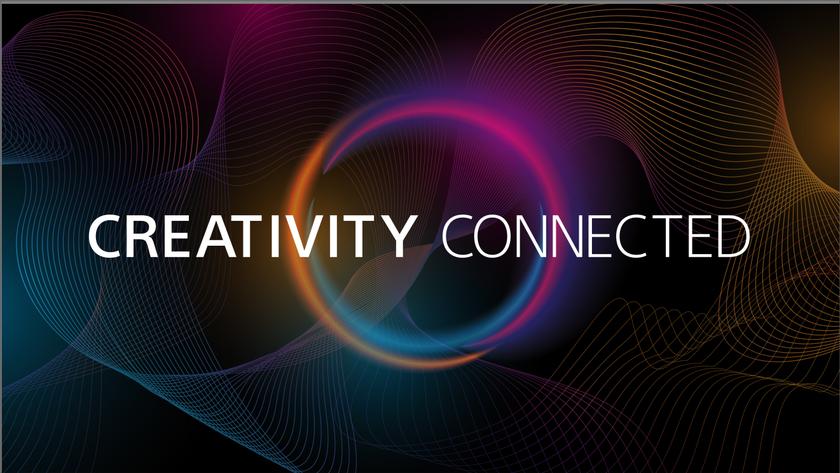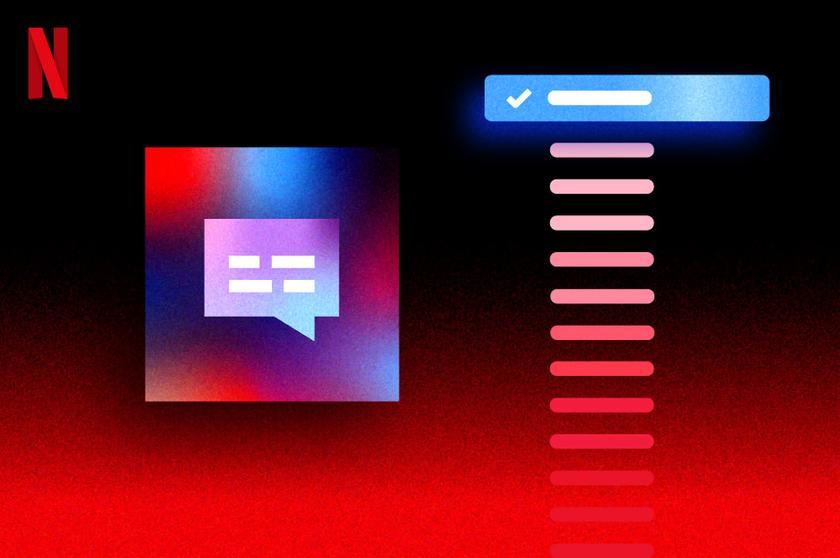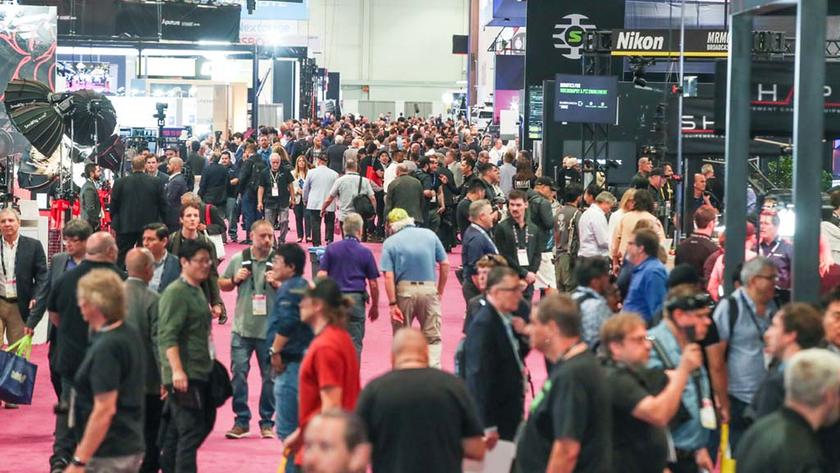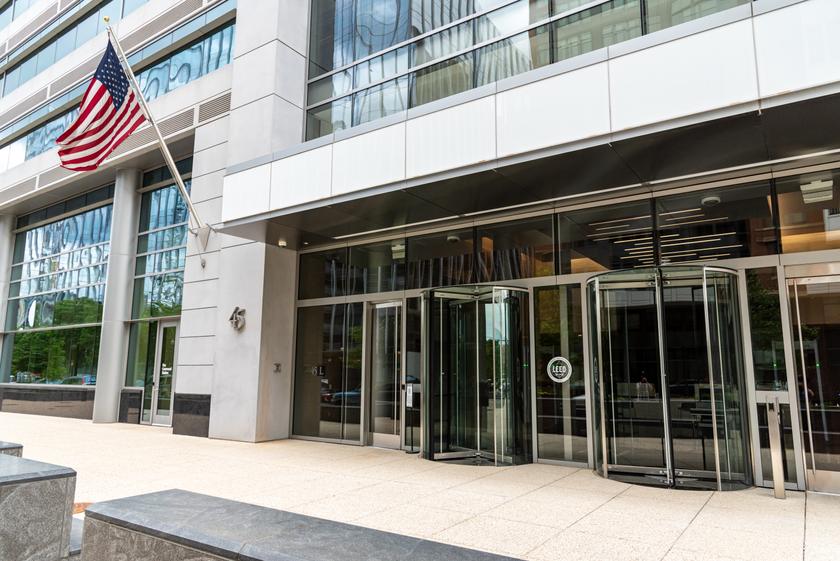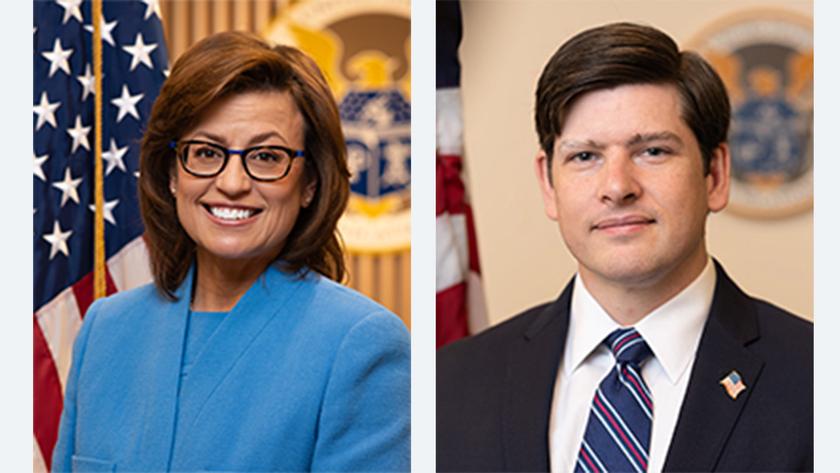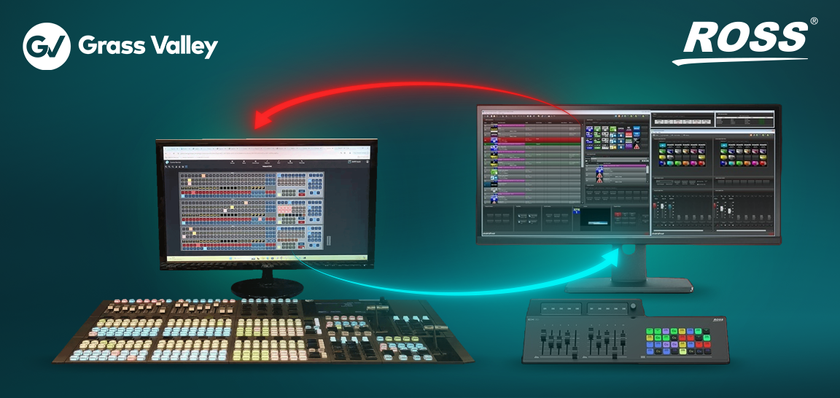The Buck Stops Here: Andromeda's Robert Engels
Gene Roddenberry’s Andromeda is sort of a “Rip van Winkle” for sci-fi junkies. It concerns the exploits of Captain Dylan Hunt (played by Kevin Sorbo), who, along with his spaceship, the Andromeda Ascendant, has been freed from 300 years of suspended animation on the event horizon of a black hole. Much as in the Washington Irving story, the world (or in this case, the universe) is a very different place after three centuries. All of Hunt’s friends and colleagues have died long ago, and the democratic body that peacefully governed much of the universe, the Systems Commonwealth, has fallen. Now it is up to Hunt and his crew to bring back order to the intergalactic chaos.
As executive producer of Andromeda, Robert Engels is often in a position similar to that of Captain Hunt. He has to bring order to the maelstrom that is putting together a successful syndicated series. He has to strike the perfect balance between the needs of the program’s parent companies, Tribune Entertainment and FireWorks Entertainment, and its creative team (of which Engels essentially serves as chief writer). Brought in during the third season to replace longtime executive producer Robert Hewitt Wolfe (who developed the concept of the series), he is currently overseeing production of the fourth season.
Reading, Writing, Wrangling
Like most executive producers, the buck stops with Engels. He is responsible for just about every aspect of the production of Andromeda, from the approval of scripts to budget issues. His true love, however, is the writing. In fact, he considers himself a writer/producer, or a “hyphenate,” as he calls it, because, in addition to overseeing the writing process, he pens three to four episodes a season.
“You really handle both tasks [writing and producing],” he said, when describing his work. “You actually are the producer in the sense of where you spend the money and who you hire. But at the same time, you’re the final pen for all the scripts.”
Engels’ focus on writing is evidenced by the rigorous process he and his creative team apply to the brainstorming, drafting, and finalizing of scripts. About a month and a half before shooting begins on each episode, Engels and the members of his writing staff write a page-long summary of an idea for an episode. They then present it to the Andromeda production team as well as executives at FireWorks and Tribune for review. Once all parties have made any changes and approved the outline, Engels has its writer pen a detailed, 10- to 15-page outline of the script. Once again, the outline is sent to FireWorks and Tribune. After they make their changes to it and approve it, Engels gives the writer the green light to draft the script. After 10 days, the writer (who can be in-house or freelance) shows it to Engels and other members of the creative staff, who make notes on it for any changes. The writer then revises the script for another seven days. After that, Engels and the in-house writing staff take over for the final revisions of the script. This can be less than a week before shooting begins. Engels does the final polish on the script and reviews it with Kevin Sorbo (who is also an executive producer) about three days before the first day of shooting.
And...Action
Andromeda is in production from roughly April through December. On average, each episode requires seven days of pre-prep and seven days of shooting. The series is shot on 35mm. Like many episodics, Andromeda employs what are known as “bottle” and “clip” shows once or twice a year to save on production costs. Bottle shows use only the full-time cast and standing sets and usually require only six days of shooting. Clip shows are amalgams of clips from previous episodes and require about four days of shooting.
Clip and bottle shows are much more complex to pull off than their reputation in television belies, according to Engels. Especially with clip shows, it is quite a challenge to avoid a hokey “I remember when”-type plot line. “The bad version [of a clip show] is someone gets hit on the head and remembers his life,” said Engels. “That’s what people hate. But otherwise, if you can find a way to compare and contrast the elements of your series through it, then it can be a lot of fun [for the viewers].”
To that end, Engels and his staff use bottle and clip shows as a way of exploring particular characters or plot themes in greater detail. Engels pointed to a third-season clip episode entitled “The Unconquerable Man” as an example of this. In the episode, the crew of the Andromeda Ascendant are transported back in time to an alternate version of reality. They witness what would have happened if a certain character who died in the show’s premiere episode, Gaheris Rhade, would have lived. “We found a whole way to do clips from his [Rhade’s] point of view,” said Engels. “So it was really fun. Every scene that meant something a year and a half ago meant something completely different because he was alive.”
A CG Universe
When Andromeda is not in bottle- or clip-show mode, the effects are pretty spectacular. Routine plot elements are intergalactic battles à la Star Wars, the faster-than-the-speed-of-light journeys of the Andromeda Ascendant through an intergalactic highway called the Slipstream, and appearances of all varieties of extraterrestrial beings.
To that end, most of the shots depicting the Andromeda Ascendant in outer space are computer generated. The show also makes heavy use of matte paintings. “People are always stunned by how little actually exists of our show, physically, and how much it looks like we are outside when we are not,” said Engels. In fact, the only exterior shot viewers see of the Andromeda Ascendant is CG-generated, according to Bruce Turner, Andromeda’s visual effects supervisor. The interior of the ship exists as a standing set on the stage in the Andromeda studios in Vancouver, BC.
Andromeda’s visual effects team creates most of the show’s 3D animation using NewTek’s LightWave software, and, to a lesser degree, Discreet’s 3ds max. Compositing is done in Discreet’s combustion. “We have a pretty good set-up in house,” said Turner. “We have a number of artist workstations, a high-speed network, and a render farm.” CG and other post-production work is also outsourced to local production facilities in Vancouver.
Besides the CG effects, a number of shots are done the old-fashioned way—in-camera or by manipulating the set. “In the Andromeda [Ascendant], we probably have 10 or 12 areas that we use,” said Engels. “Some areas often can double for one another. An office can be turned into a corridor, for example.”
Even with a budget of about $1 million per episode, Engels and his crew are always looking for ways to cut costs with shooting. “We’ll do tons of ‘cheats,’” said Engels. “...from simply lighting something [a certain way] and doing a tiny little enhancement [to it] in post, to using twelve different lenses on a scene.”
New Dimensions
Andromeda, which was originally culled together by Robert Hewitt Wolfe using notes Star Trek creator Gene Roddenberry left after his death, is still going strong. It is set to premiere its fourth season in September of this year. According to Turner, viewers will see even more spectacular alien landscapes and vistas than before. “There is a move this year to try and ‘open’ the show and expand our vistas a bit with set extensions and matte paintings,” he said. “It will increase the scope and let us go places that we otherwise might not be able to go, geographically.” Chances are Turner, Engels, and the rest of the Andromeda crew will deliver on this. After all, it’s their job “to boldly go” where viewers may have never thought of, even in their wildest dreams.
Sarah Stanfield is managing editor. She can be reached at sstanfield@uemedia.com.
Get the TV Tech Newsletter
The professional video industry's #1 source for news, trends and product and tech information. Sign up below.
